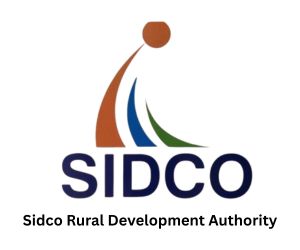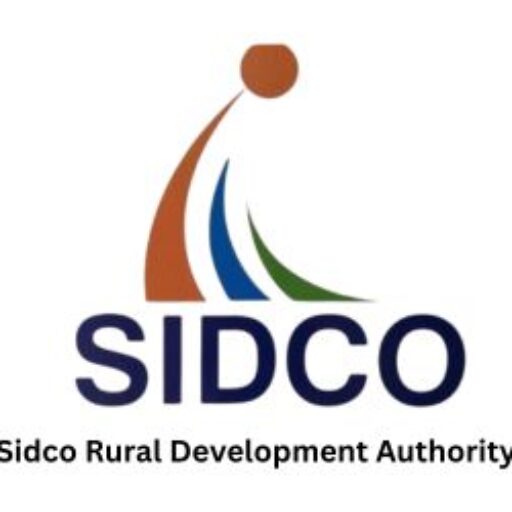FARMER BIO MASS SURVEY PROJECT
FARMER BIO MASS SURVEY PROJECT
A project like this, which would survey farmer practices regarding biomass use and organic farming, could provide valuable insights for promoting sustainable agriculture and resource management. Here's a breakdown of key areas to consider:
1. Project Objectives and Scope:
Data Collection:
What specific aspects of biomass management and organic farming will be surveyed? This could include:
Biomass resources available on farms (e.g., crop residues, animal waste)
Methods of biomass utilization (e.g., composting, direct incorporation, biogas)
Organic farming practices (e.g., use of organic inputs, crop rotations, pest control methods)
Factors influencing farmers' adoption of these practices (e.g., knowledge, resources, market access)
Target Audience:
Who are the main stakeholders in the survey? (e.g., farmers, extension workers, policymakers)
Geographic Area:
Where will the survey be conducted? (e.g., specific region, state, or national level)
2. Survey Methods and Tools:
Surveys:
Structured questionnaires: To gather quantitative data on biomass and organic farming practices.
Semi-structured interviews: To explore the perspectives and experiences of farmers in more detail.
Focus group discussions: To facilitate group dialogue and gain insights from different farmer groups.
Data Analysis:
Statistical analysis: To identify patterns and trends in survey data.
Qualitative analysis: To interpret the themes and insights from interviews and focus groups.
3. Key Questions to Address:
Biomass Management:
What types of biomass are available to farmers?
How is biomass currently managed?
What are the perceived benefits and challenges of using biomass?
What factors influence biomass utilization decisions?
Organic Farming:
What organic farming practices are currently adopted?
What are the perceived benefits and challenges of organic farming?
What are the main barriers to adopting organic farming?
How do farmers perceive the role of biomass in organic systems?
Sustainability:
How does current biomass management and organic farming practices impact soil health and environmental sustainability?
What are the potential benefits and risks of promoting biomass utilization and organic farming?
4. Expected Outcomes and Benefits:
Improved understanding of current practices:
The survey will provide data on the current state of biomass use and organic farming, highlighting both strengths and weaknesses.
Identification of knowledge gaps:
The survey can help identify areas where farmers need more information and support to adopt sustainable practices.
Informed policy and program development:
The survey results can inform the development of more effective policies and programs to promote biomass utilization and organic farming.
Enhanced communication and outreach:
The survey results can be used to develop targeted outreach materials and training programs for farmers.
5. Example Survey Questions:
Biomass:
What types of crop residues do you typically have available on your farm?
Do you use crop residues for any purpose, such as composting, mulching, or animal feed?
What are the main challenges you face when using biomass?
Organic Farming:
Do you practice any organic farming techniques?
If so, what organic inputs do you use?
How has organic farming impacted your crop yields and soil health?
What are the main barriers to adopting organic farming?
Biomass and Organic Farming:
How do you perceive the role of biomass in organic farming?
Are there any benefits of using biomass in an organic system that you are aware of?
Do you think biomass can be a valuable resource for organic farming?
6. Collaboration and Partnerships:
University researchers: To provide technical expertise and support for data analysis.
Extension services: To facilitate survey implementation and outreach to farmers.
Farmer groups: To ensure farmer participation and representation in the survey.
Policy makers: To ensure that the survey results are used to inform policy development.
7. Funding and Resources:
Grant funding: To support the project's implementation and data collection.
In-kind contributions: From collaborating partners, such as staff time, equipment, and resources.
Community engagement: To ensure that the survey is well-received and supported by farmers.
By carefully considering these aspects, a farmer biomass and organic farming survey project can provide valuable information for promoting sustainable agriculture and resource management.

